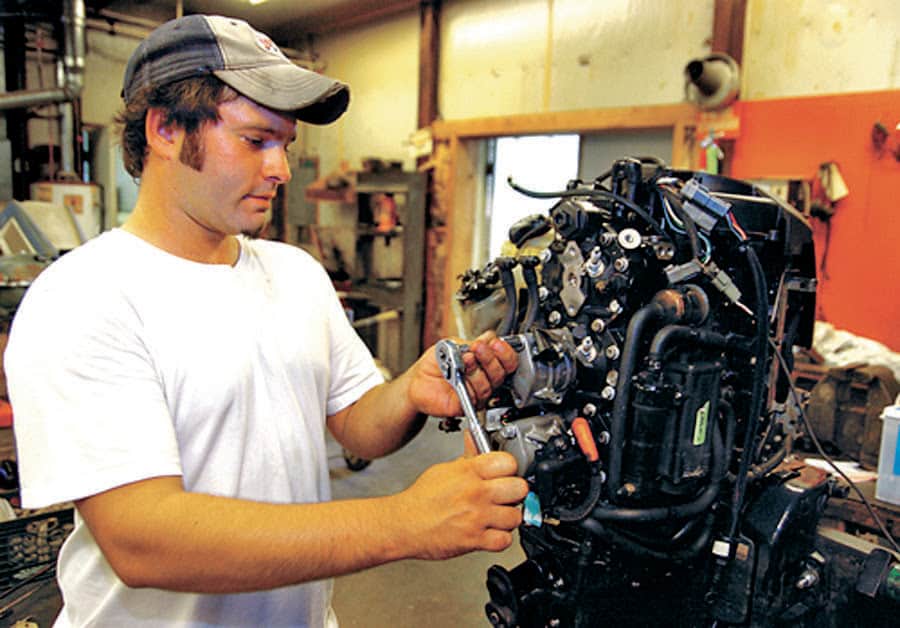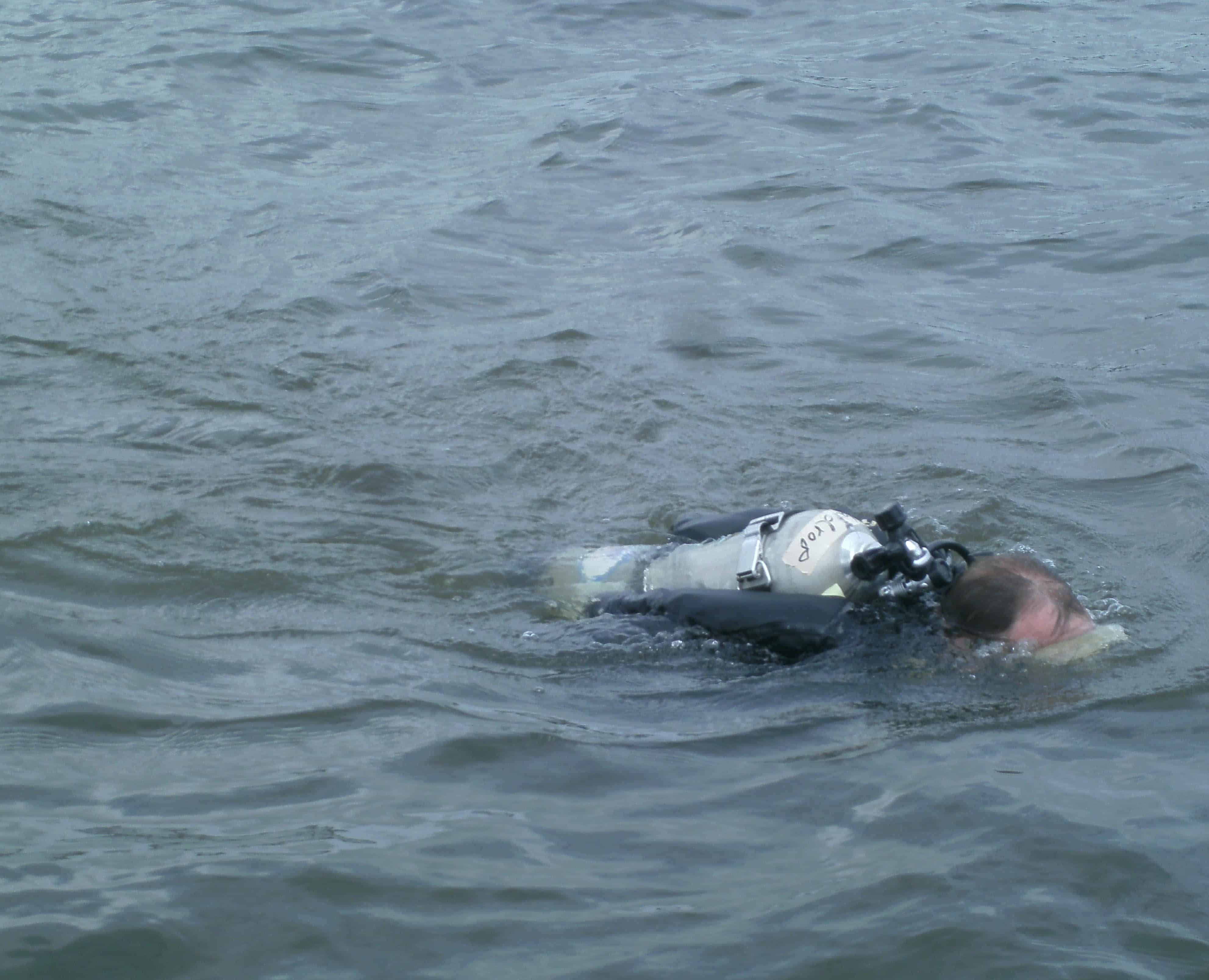This week, the Environmental Protection Agency (EPA) increased the amount of ethanol that will be allowed in the nation’s gasoline supply in 2018.
The EPA set the 2018 standard at 19.29 billion gallons, which is a 0.05 percent increase over 2017. The Renewable Fuel Standard (RFS), signed into law in 2005, requires an increasing amount of biofuels like ethanol to be blended into the gasoline supply. Congress created the program “to reduce greenhouse gas emissions and expand the nation’s renewable fuels sector while reducing reliance on imported oil.” But that standard assumed that gas usage would continue to grow as it had been in the mid-2000s.
BoatUS, the nation’s biggest recreational boating organization, says gas with ethanol levels at the current standard of 10 percent or above can cause harm to engines, especially outboard motors, and also decreases fuel efficiency and increases cost for consumers.
BoatUS says recreational boaters and many other owners of gas engines spoke up against increasing ethanol volumes when the EPA asked for public comment this summer— and when the public spoke up against an increase, they increased it anyway.
“In August, EPA originally proposed a slight lowering of the overall ethanol mandate. However, bowing to pressure from the ethanol backers, the agency actually notched the mandate higher,” said BoatUS Government Affairs Manager David Kennedy. “We think the EPA’s decision unfairly supports the ethanol industry over protecting consumers, recreational boaters, and the environment.”




